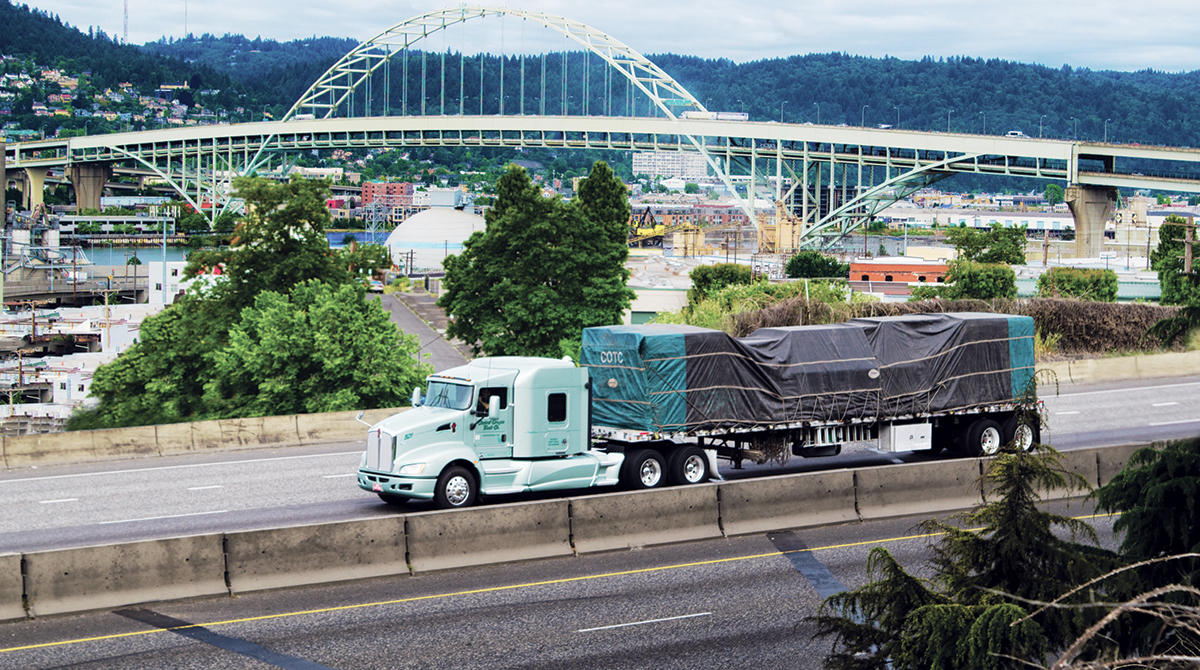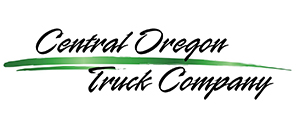Drivers, coaches both face learning curves with in-cab video systems
For Central Oregon Truck Company, truck drivers know the external-facing camera from SmartDrive in their tractor always remains active in case another vehicle damages the tractor-trailer while it is parked. However, the internal camera is shut off, and a lens cap is provided as an additional level of privacy.
Privacy protection extends beyond the recording. Coaches Denny Kalista and Brad Aimone said they are careful not to discuss or review videos in the presence of anyone else, and individual videos are not used in a demonstration with other drivers unless permission is given.
Pete Allen, chief client officer with MiX Telematics, said it is important that drivers be made aware of the events that would trigger a camera.
When a recording event does take place, Central Oregon coaches receive an immediate alert, while SmartDrive processes and tags the video to streamline the review process.
Phil Taylor, Central Oregon’s vice president of maintenance, said these video reviews often give drivers a better appreciation of how the investment in telematics and safety technologies are aiding them on the road.
Likewise, Luke Williams, director of operations, pointed to a clear correlation between the drivers captured most often by the cameras and struggling in other performance metrics, such as fuel efficiency and total miles.
Implementing a video system into a fleet’s operations is not without its challenges. “There is as much a learning curve for coaches as [for drivers] out there in the field,” said Aimone.
He and Kalista are competitive, closely monitoring the percentage of videos they have reviewed with drivers. They also stressed the way coaches interact with individual personalities can go a long way toward making a lasting change.
Kalista said the customized reports allow them to get a quick glance at performance trends. That’s also part of the coaches’ competition — pushing each other to see who has helped improve the scores of their drivers each week.

During practice runs with prospective drivers at Central Oregon, coaches record turns and stops. They can create a recording by pressing a button on a remote control from 10 seconds prior to 10 seconds after it is pushed. They are attacking what statistics indicate are the high percentage of minor accidents that could be prevented through greater use of mirrors, less speeding, and better judgment.
At its user conference in San Diego earlier this year, Lytx shared that it had captured 16 million behaviors in 2017 that resulted in more than four million coaching events. The conference offered the hundreds of attendees the latest trends on what days of the week and times of day led to a higher percentage of incidents. Lytx also offered a sector-by-sector breakdown to help fleets zero in on the latest trends.
MiX’s Allen said “there is not a downside” to using video, and expanded use can include providing drivers with a 360-degree view around a truck.
Abbott pointed out that it can help investigate worker’s compensation claims involving on-the-job injuries that did not have any witnesses.
Use of video systems can cut into insurance premiums and leads to the subrogation of insurance claims. Even when video confirms the truck driver was at fault, there still can be an advantage in reaching a faster settlement, Allen said.
Central Oregon’s Williams did acknowledge the use of video has resulted in fewer total applicants to fill open driver positions. However, he said some drivers are simply not cut out for video use.
“They do not have the right attitude for who we are as a company,” he stressed.








